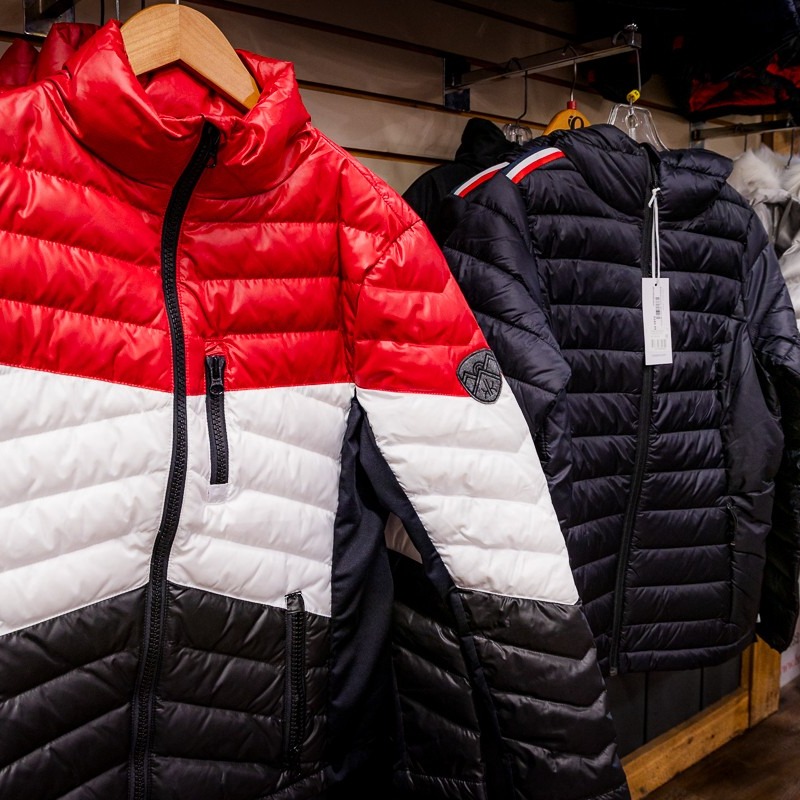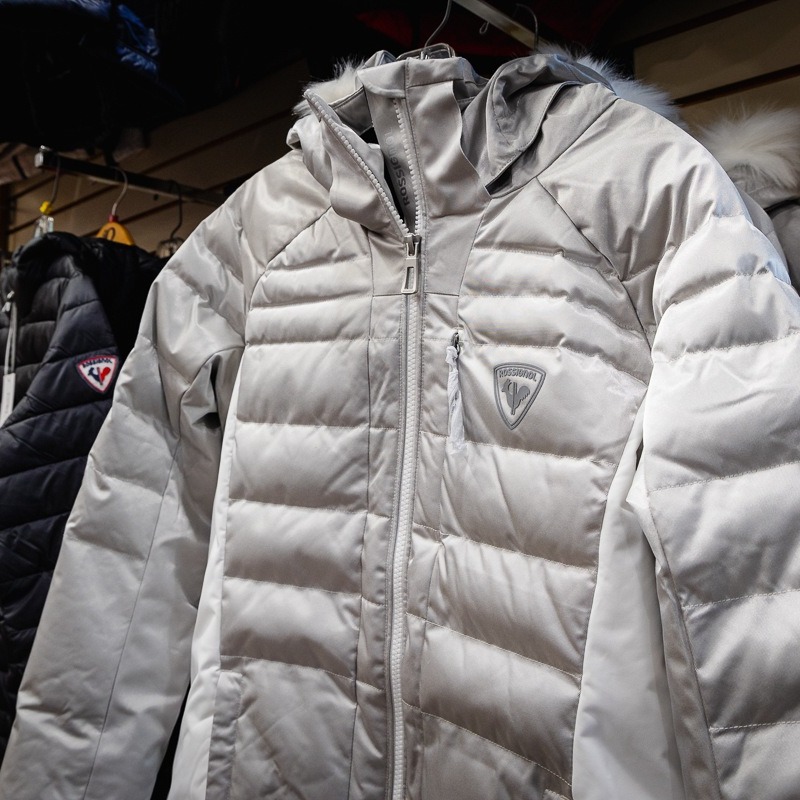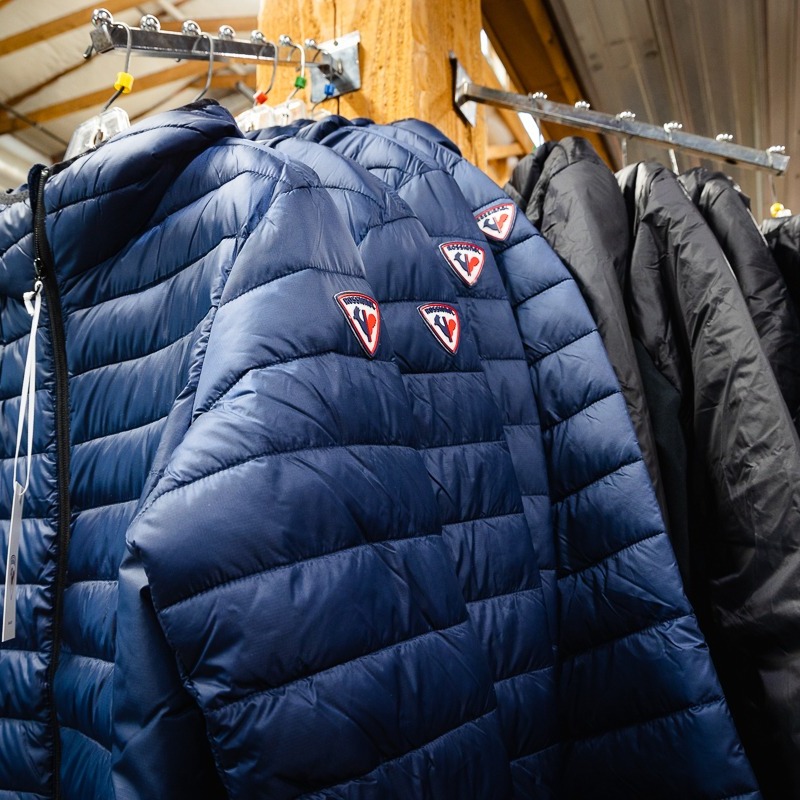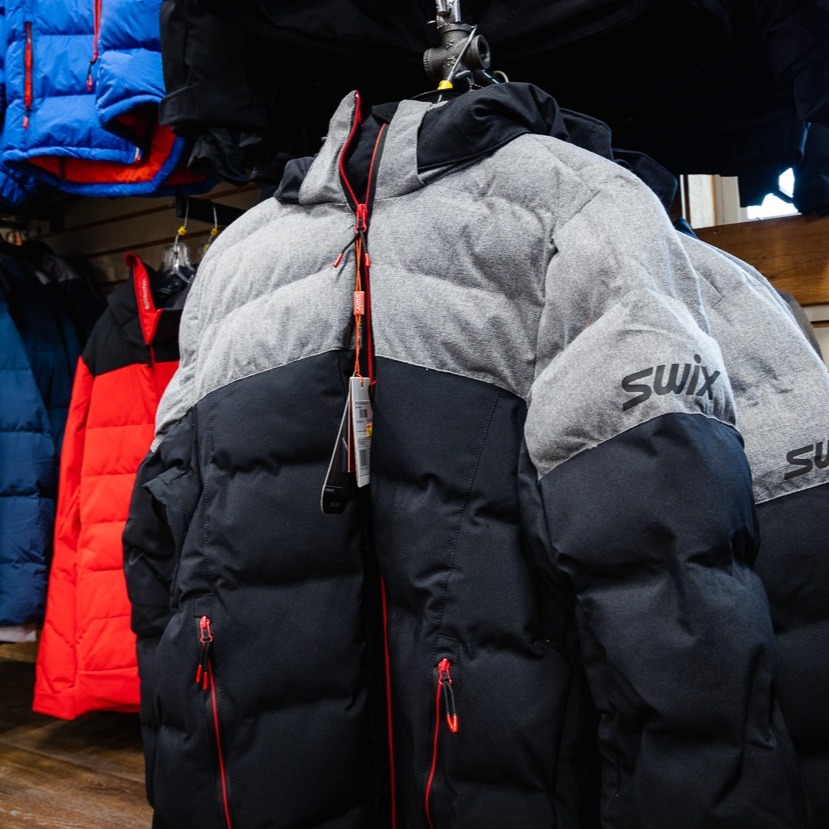
Ski Wear Guide
Before hitting the trails or heading out to a ski event, you’ve probably assessed the snow conditions and air temperature for the right choice of wax. You more than likely chose a wax that would respond best to the conditions you’ll be skiing on. The same approach goes for your ski wear.
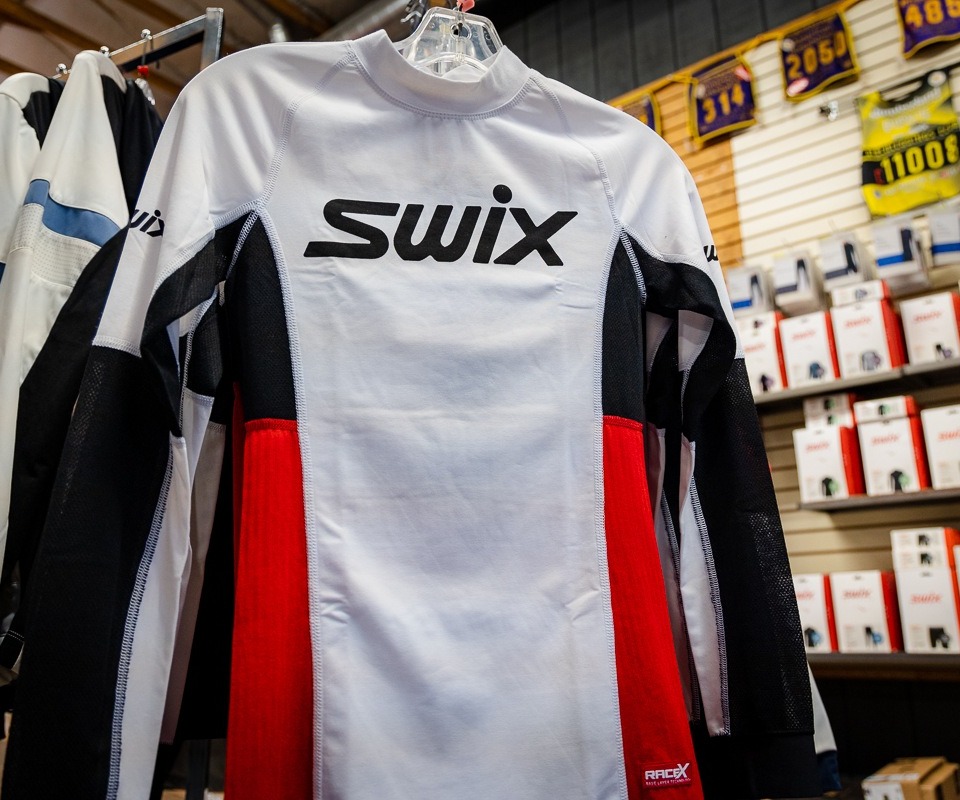
Base layer
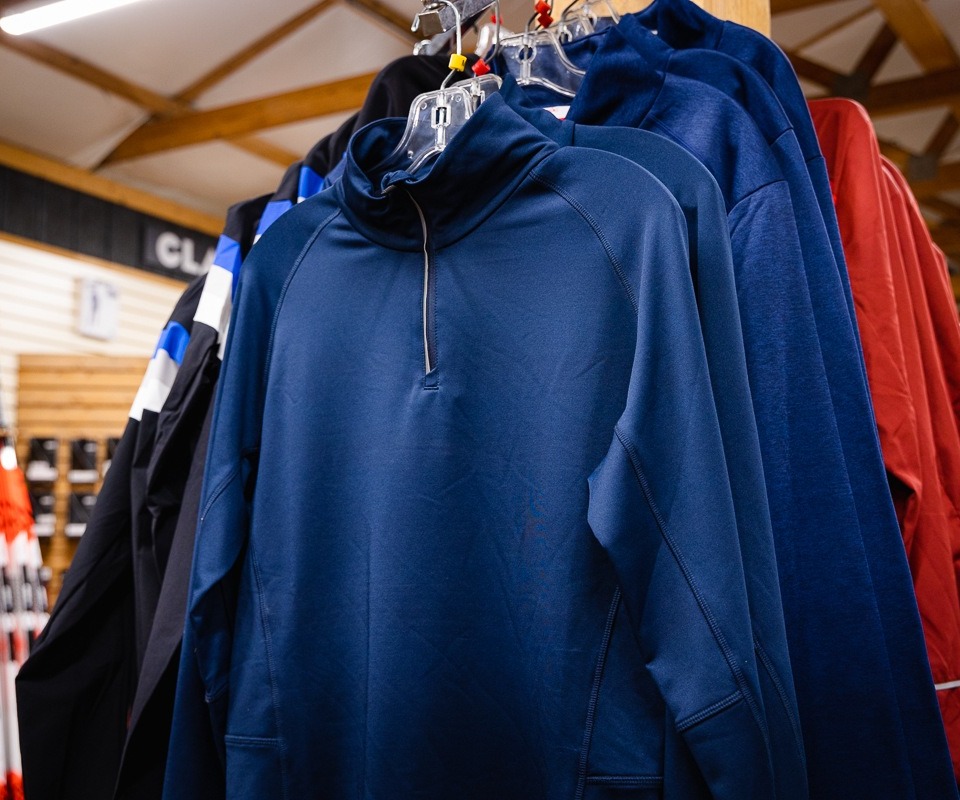
Mid layer
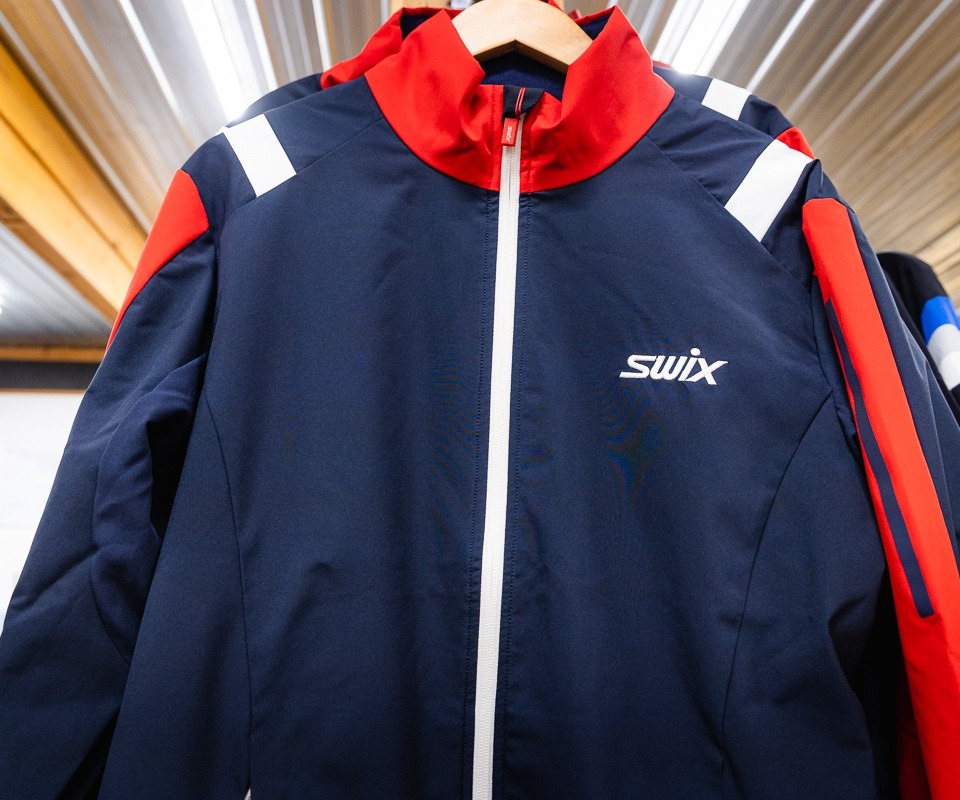
Outer layer
LAYERING
Owning the right pieces for your winter wardrobe will offer you the possibility to create multiple ski wear outfits capable of changing with the weather. We could go back to 1912 and look at Harvard’s military study on how the body, garments and the weather affect performance, but let’s just say that dressing for extreme elements is a universal age-old survival skill. With the influence of world experience, ski wear has been designed and redesigned for comfort and quality. It can be confusing, so just remember one word…layering
We’ve all made purchases because it was a great deal. When it comes to comfort and safety in one of the most demanding endurance winter sports, a deal for your Nordic ski wear probably won’t get you the dependable gear you undoubtedly need. Knowing how each piece of clothing will or will not enhance your time in the cold weather is what will provide you protection, coverage, and comfort. So just remember one word…layering.
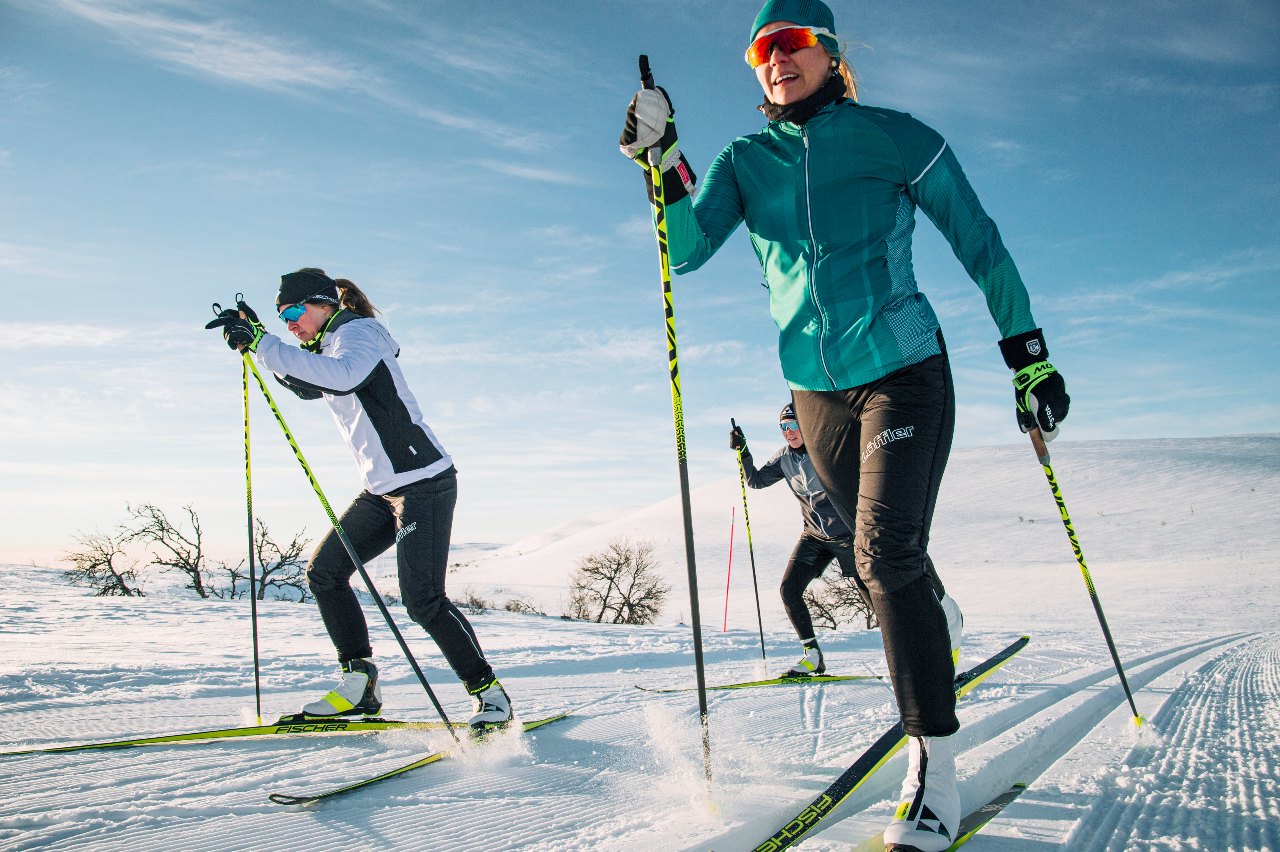
This Ski Wear Guide will be for everyone, and we’ll make it easy by just remembering one word…layering. Every time you head out, remember just one word...layering. In this guide, we will peel back the layers, look at the function and features of each layer, share their intended use, and review how to choose the clothing fitted best for your need. Let’s get started.
Each layer has a distinct function: to keep the body dry, to insulate the body, and to shield the body from weather elements while regulating body temperature during different levels of exertion. If we’re peeling away the layers, let’s start with the first layer closest to your skin, the Base Layer.
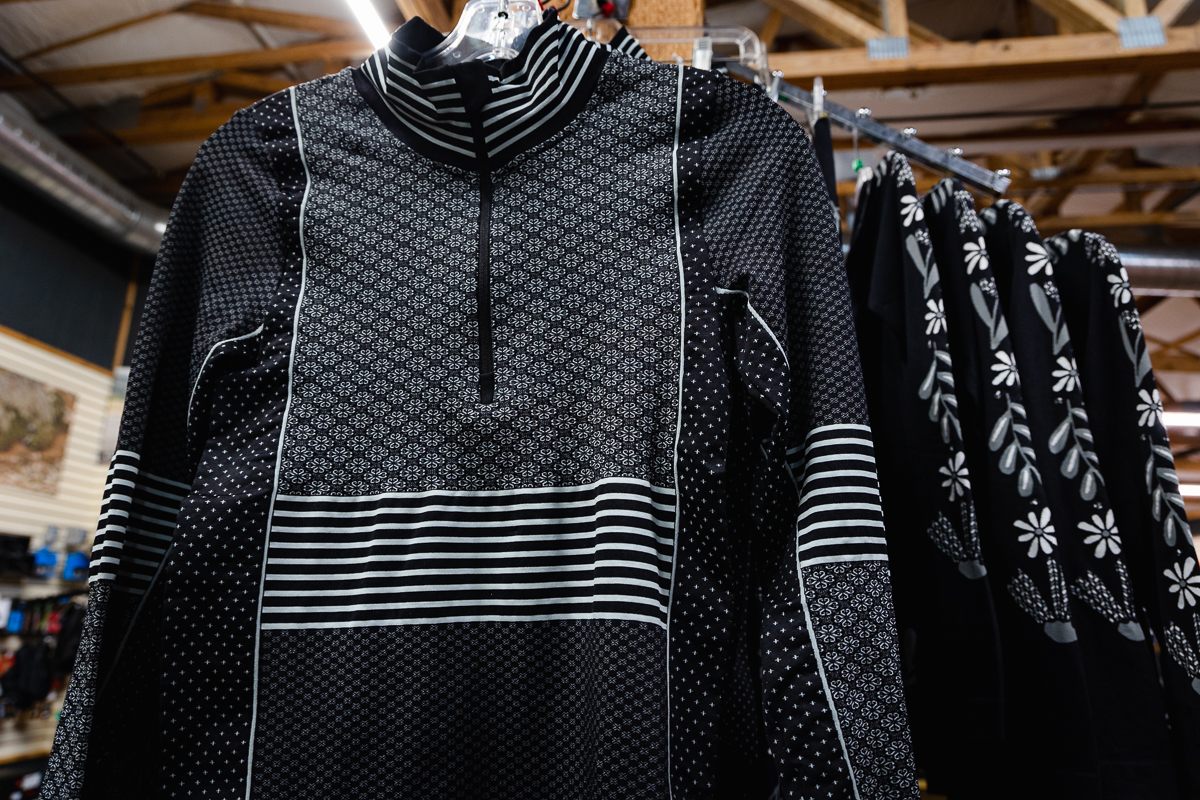
Base layer - first layer closest to your skin
Function: Draws moisture away from the body. When you exert energy, heat is expelled and creates moisture. When heat and moisture are trapped against the body, it leaves you predisposed to hypothermia or skin irritations. The base layer pulls moisture away from your skin to keep you dry.
Fit: Described as body-hugging, snug fitting, or your second skin, and is still flexible without restriction or compression. It is your cold weather underwear.
Features: Soft, light, wicking material with flat seams that move with you and prevent chaffing. Designed in tops and bottoms with varying sleeve, leg, and neck coverage.
Fabrics: Light to heavy weave in a thin fabric. Synthetic and merino wool blends prove to be the best for durability and effectively wicking wetness away from skin. Wool fibers offer the best odor-fighting, anti-bacterial properties overall.
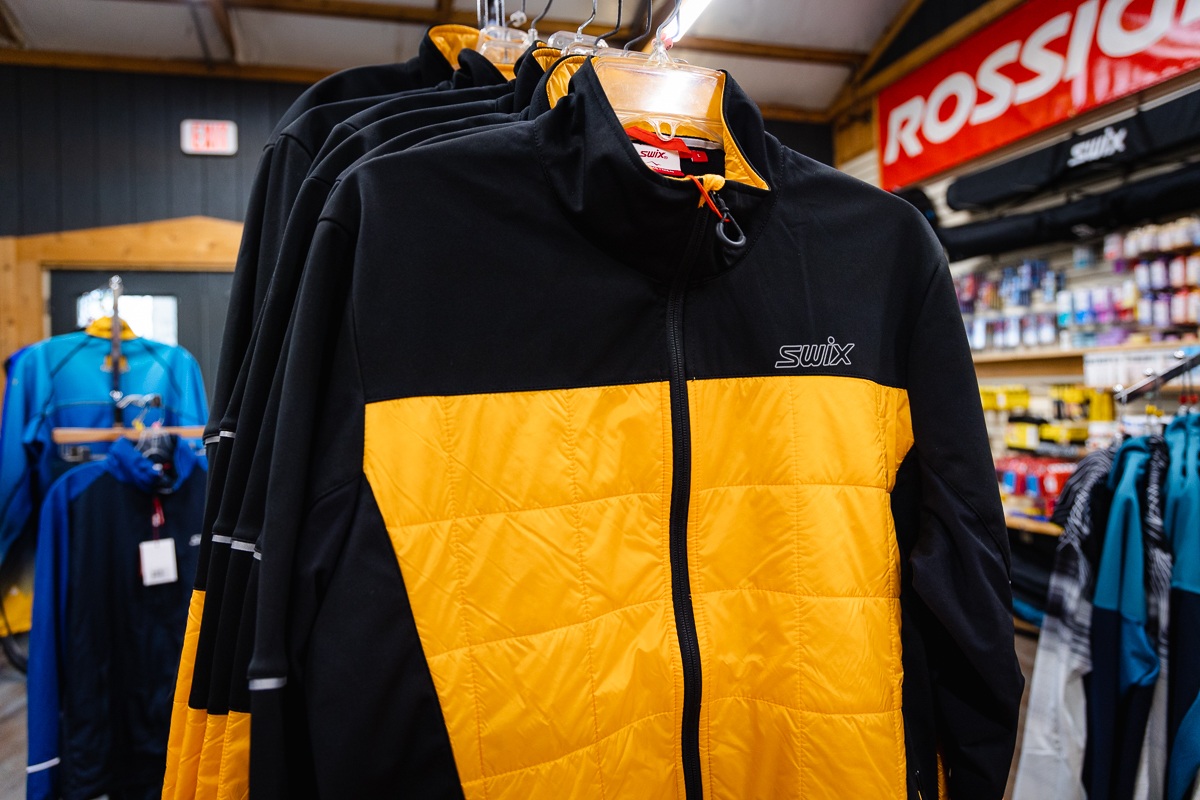
Mid layer - second layer closest to skin, worn over the base layer
Function: Moves moisture further away from the body and provides the primary thermal layer. Traps or releases heat surrounding the body while maintaining a comfortable core temperature during varying levels of exertion. Mid-layer insulates against cool to cold outside air temperatures. In mild weather, this layer can be double or work alone as an Outer Layer.
Fit: Described as permeable and pliable, offering a comfortable snug fit that moves with you to hold pockets of warm air or depending on design, allowing air to vent. The fit would be not too tight, not too loose—just right and can be layered.
Features: Performance and insulation are key design features. Front zippers, side or back vents, multiple textile use, security pockets, dual-layered fronts, breathable backsides are all available options considered for the user’s exact needs. This piece could be a soft top, a soft-shell jacket or a vest. Pants can be a fitted tight with ankle zippers or loose pant with full size zipper.
Fabrics: Synthetic, fleece or down materials each offering insulation capabilities for varying temps, airflow, and quick drying time. This layer is not meant to fend off intense wind or wet weather conditions.
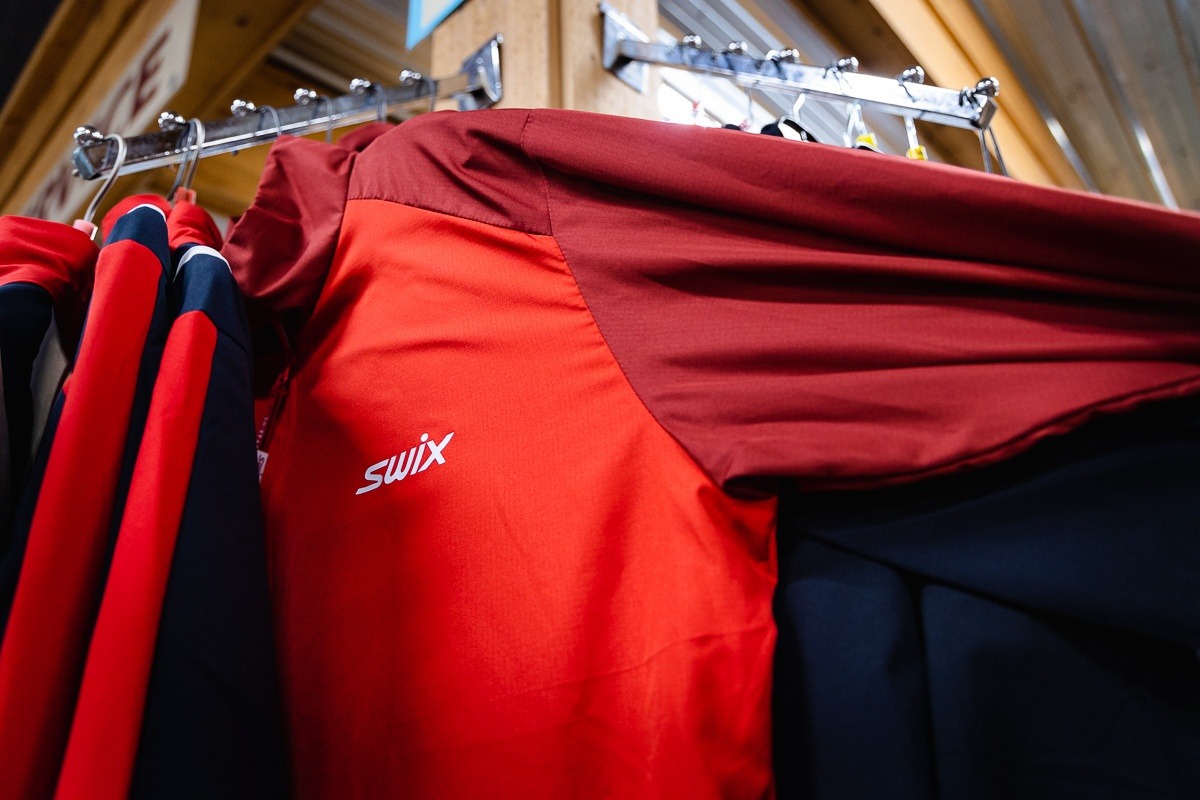
Outer layer - protective layer that tackles the elements
Function: A breathable, protective barrier against wind and light, wet weather, or a non-breathable waterproof shield both worn over Mid-Layers to repel wind, mist, rain, and snowfall. Without this layer, exposure to serious conditions, experiencing chills and causing a drop in your core body temperature could occur.
Fit: These A soft-shell jacket, vest or pant that doesn’t restrict your movement, or hard-shell outer layers depending on the thickness can be bulky and require more exertion in movement. The weight and compressibility of the insulation should be considered when choosing a shell for a vigorous activity.
Features: Made of tightly woven material or coated with a water repellent acting as a barrier for wind and/or wet weather. Fitted cuffs at wrist and ankle, longer back to cover waist, and body-mapped design (a combination of windproof panels and insulation pocket areas) provide more protection in the areas you need it.
Fabrics: Water-resistant down, superfine fiber synthetic insulation and down/synthetic blend fill offer slim-yet-warm feature for your budget range.
Puffy Jacket PROMO! 50% off in-store puffy jackets that are toasty warm outer layer and made by your favorite Nordic companies
